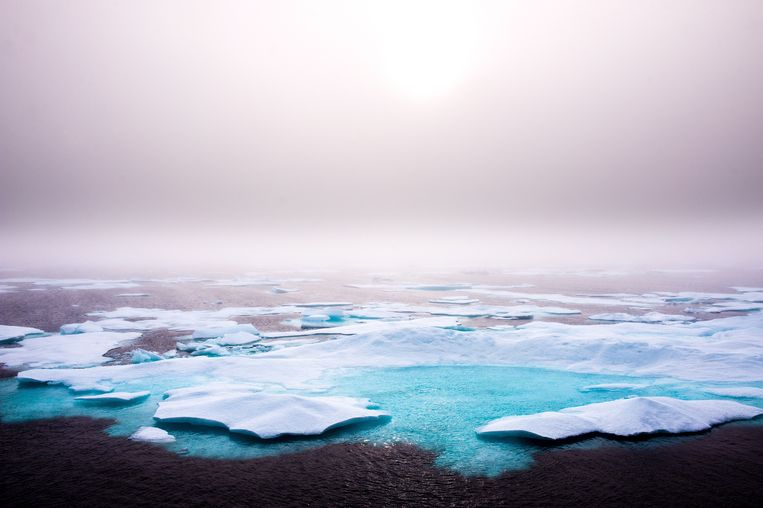Scientists at the Monterey Bay Aquarium Research Institute in the US looked at an area of about 16 square miles in the Canadian Beaufort Sea for nine years. During that period (a very short geological timescale), the researchers saw more than half a million cubic meters of permafrost. In addition, they found “sewers” the size of a few blocks of apartments. Sewers are holes in the bottom caused by the collapse of the underlying soil.
The painful consequences of the disappearance of permafrost are already evident on the mainland. For example, houses in Yakutsk in Siberia regularly collapse as the snow melts. This study shows for the first time that at depths of 120 to 150 meters below sea level, thawing of permafrost leads to soil collapse.
On Earth, the human influence on thawing is great. On the other hand, the bottom of the Arctic Ocean is melting mainly due to a much older process: the transition from the previous ice age to the current warm period. The melting of many ice caps has raised sea levels and inundated large coastal areas. This relatively warm water causes the slow thaw of permafrost. The heat from the Earth’s core speeds up this process even more. The permafrost thaws from the bottom up, forming sewers.
sonar
The researchers used sonar from their icebreakers: sound waves that travel through water and bounce off the permafrost. The longer the sound waves return to the transmitter, the farther they are from the sea floor. Using this technology, the researchers drew a 3D map of the sea floor, with a point measuring every two metres. A submarine robot made additional measurements depicting deflections at the bottom of less than one meter.
In addition to the loss of permafrost and the creation of giant sewers, researchers have found the so-called “bingo”. These are permafrost blisters that form when melt water moves up, bumps into cold water, and freezes again. These structures further prove that water flows upward from the permafrost.
Although researchers do not directly link seafloor melting to human-caused climate change, the disappearance of permafrost itself will lead to an increase in global warming. Permafrost contains material that, after thawing, can decompose into methane, a potent greenhouse gas that ends up in the atmosphere.
These new discoveries are valuable, according to Paul Overdeen, a permafrost researcher at the Alfred Wegener Institute in Potsdam, who was not involved in the study. “It’s surprising that such big changes can happen in just nine years,” he says. Overdeen is curious as to how much the sea floor is also melting in other regions of the Arctic. This will explain the role that the melting of the sea floor in the Arctic plays in global warming.

“Creator. Award-winning problem solver. Music evangelist. Incurable introvert.”







More Stories
British military spy satellite launched – Business AM
Alarming decline in the Caspian Sea
Lithuania begins construction of military base for German forces